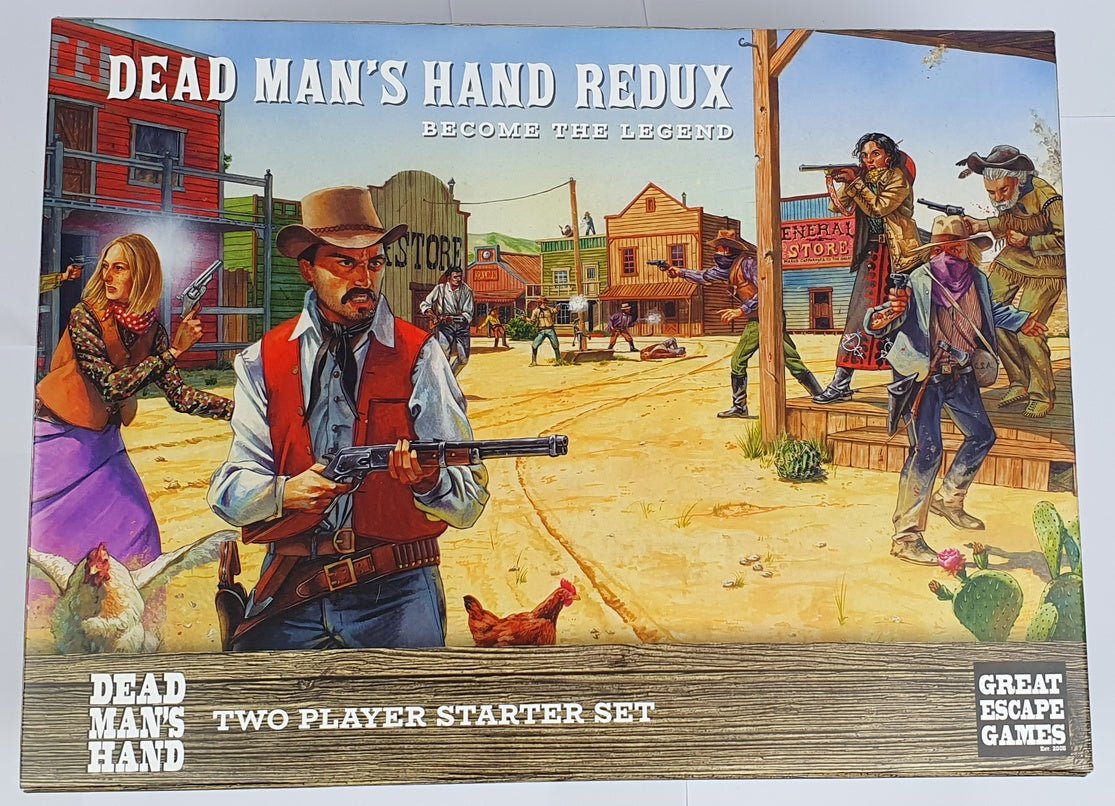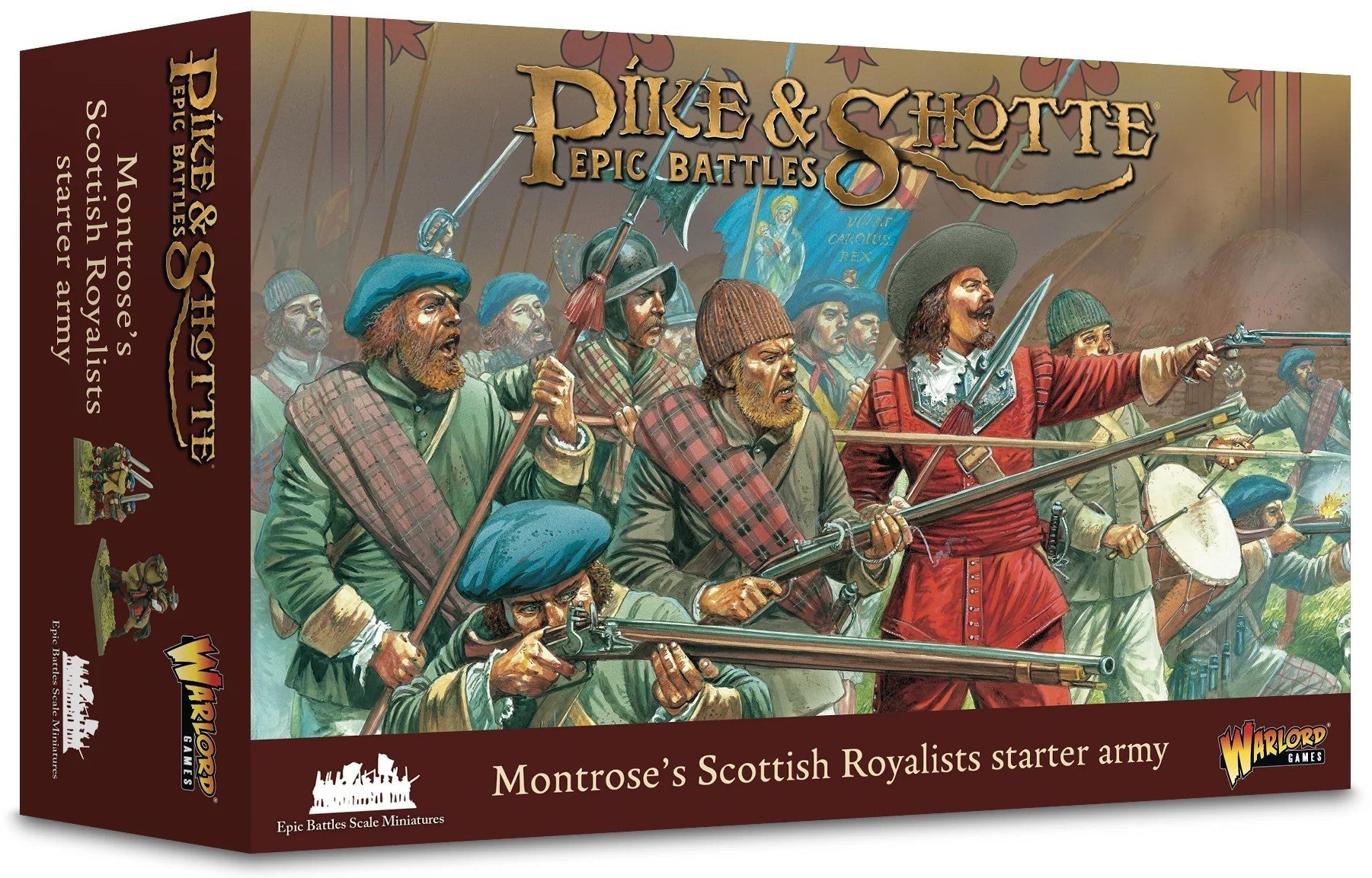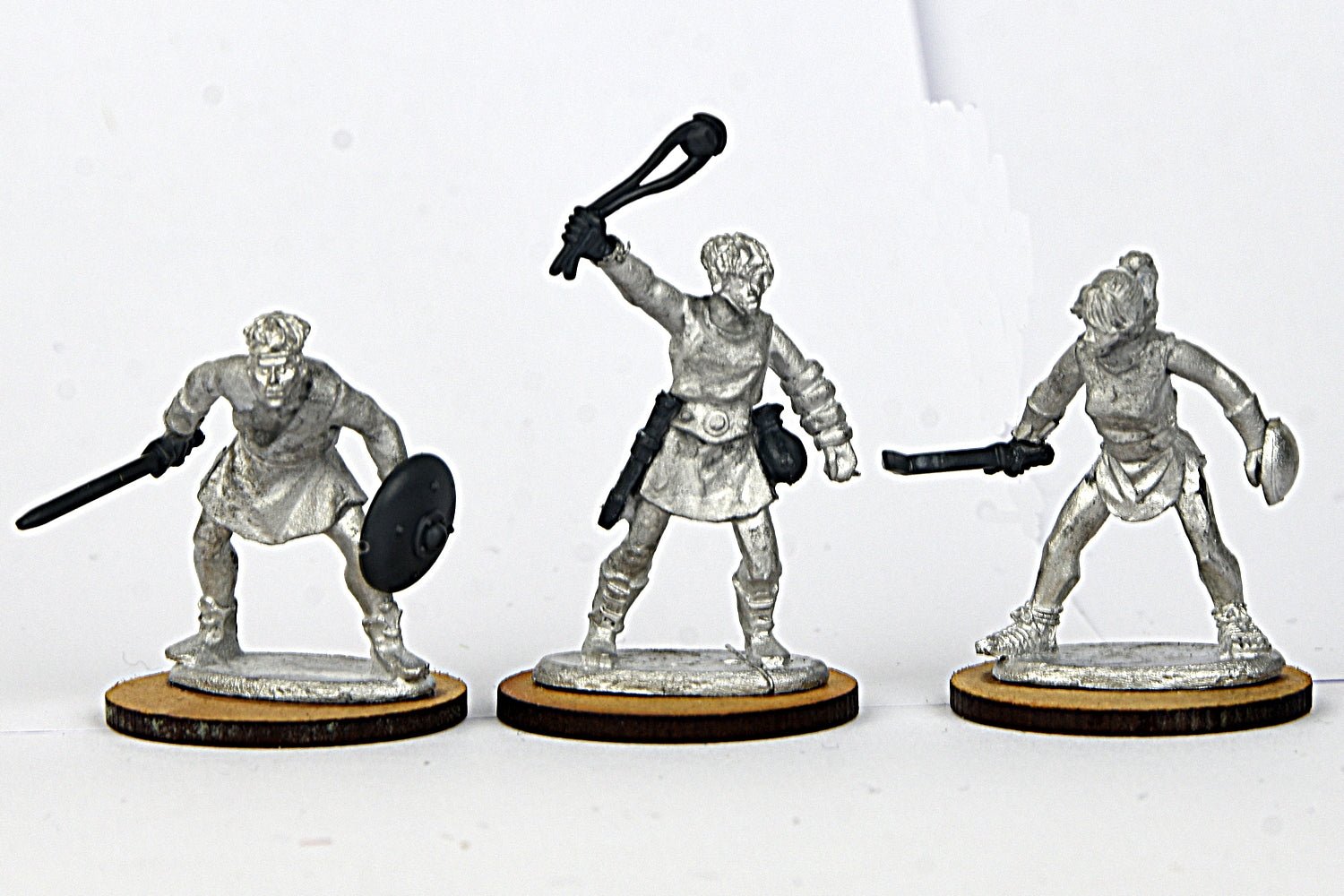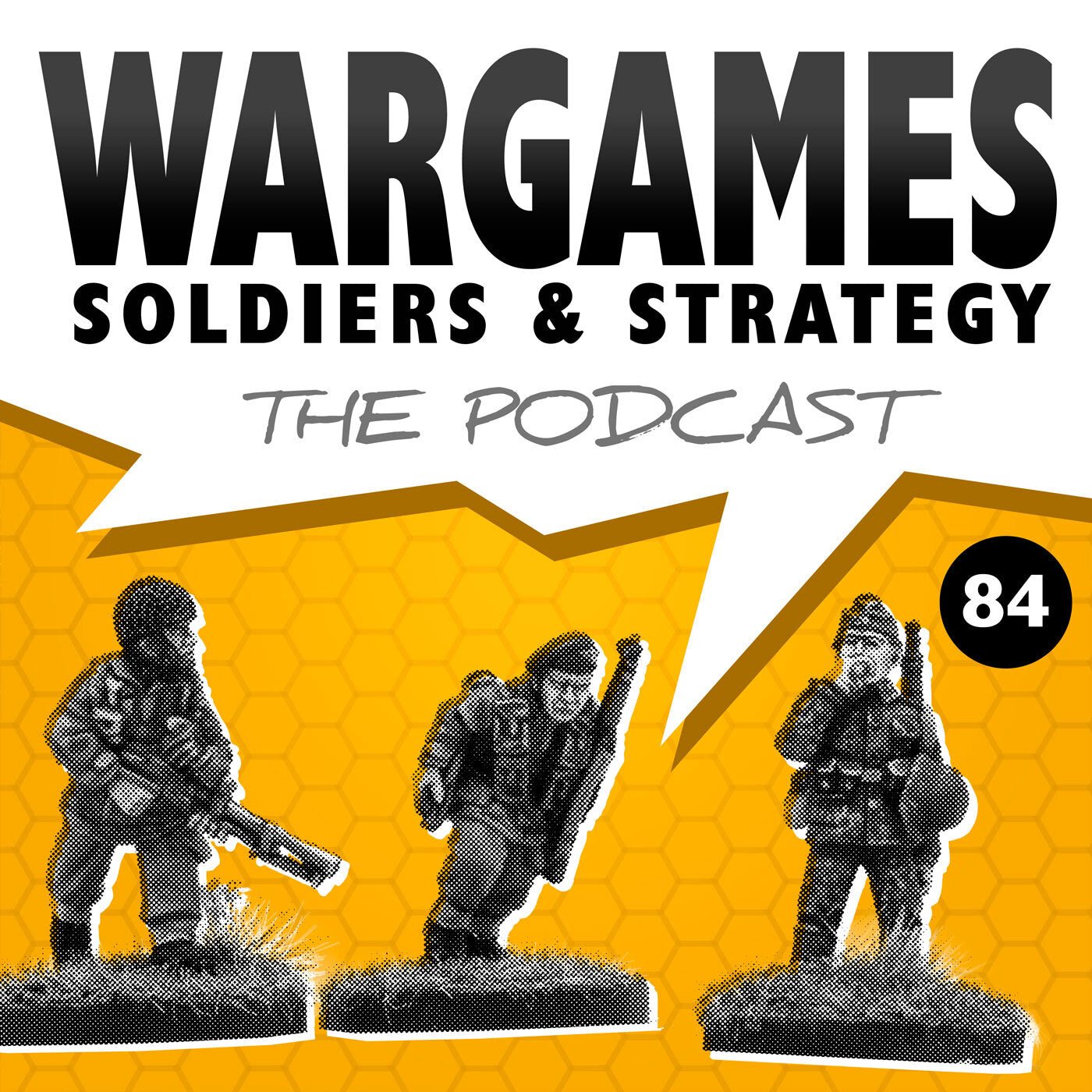The Origins of Rapid Fire
This week at my local Wednesday night games club, my usual opponent Mal and I dusted off a copy of Rapid Fire and gave it a spin. I’m a veteran Rapid Fire player, having used it for many years as my primary World War 2 set. So we rolled out my Cigar Box Battle mat and started playing.

Boom, boom, boom!
Going back to the mid-nineties, my mate Paul Houghton and I used to play the early campaigns of the Great Patriotic War. We had Russian and German armies in two scales (20mm and 15mm). I remember my Barbarossa Germans being swamped by T26's and BT7's (Soviets are cheap in the lists). In Rapid Fire, you roll for damage (1-2 light damage, 3-4 heavy damage and 5-6 destroyed) no matter what size the gun. So my 88mms were only causing the T26's a minor inconvenience!

An awesome camouflage scheme, 1970's style.
Those of you familiar with Rapid Fire will know how difficult it is to kill vehicles (the number of tubes count!). I've not played for a while since Paul passed away over ten years ago, so it was nice to dust off my old 1/72 scale stuff. As it happens, I then didn't use any of it, as Mal had brought three boxloads of 20mm models already!

British Shermans advance in force.
I'd heard rumours that Rapid Fire was based on an earlier set of rules. Mal, a true veteran gamer in his seventies, brought with him a copy of the rules which allegedly inspired Rapid Fire. As the story goes, Mal first introduced the rules to the Grimsby Wargames Club over four decades ago. Now I could judge for myself.

The rules were Modern War Games by ZM Iwaszo, published a year before I was born.
In my next blog, I will discuss the similarities in theses rules. I should state categorically before we go any further that I believe Rapid Fire is not a direct copy of Modern War Games. There are similarities enough to say that the one was probably inspired by the other, however.
For my reasoning, you'll have to wait for my next blog. Stay tuned!




